PowerDMARC’s Email Authentication Blog – Read the latest news and updates
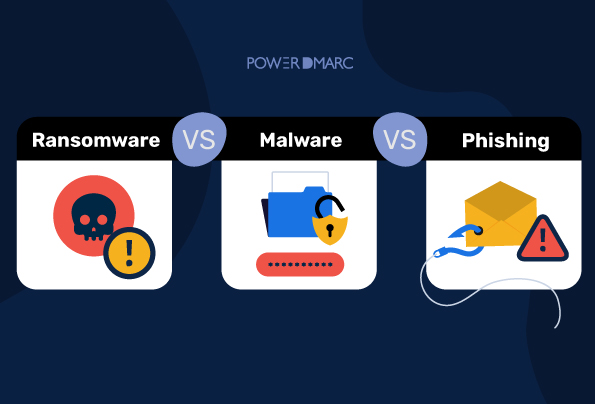
Ransomware Vs Malware Vs Phishing
BlogRansomware vs malware vs phishing: they are three types of online threats often deployed via email that can lead to the loss of financial and informational assets.
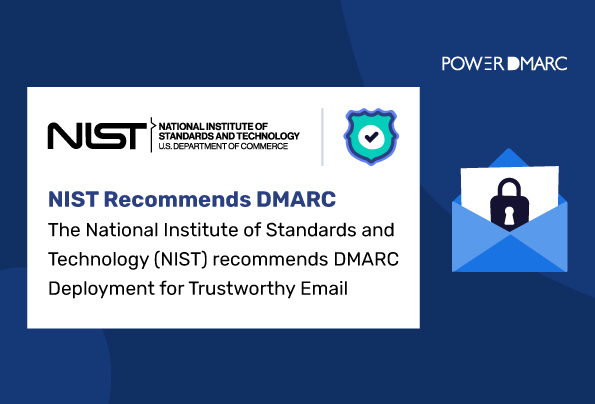
NIST Recommends DMARC – The National Institute of Standards and Technology (NIST) recommends DMARC Deployment for Trustworthy Email
BlogThe National Institute of Standards and Technology (NIST) recommends DMARC Deployment for Trustworthy Email
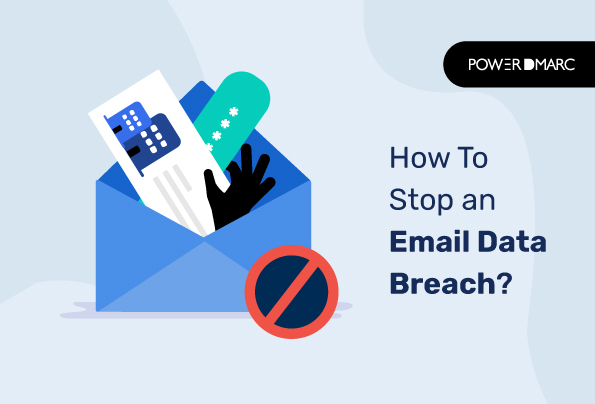
How To Stop an Email Data Breach?
BlogAn email data breach may alter the direction of your business rather than just causing momentary setback. Find out how to stop an email data breach.
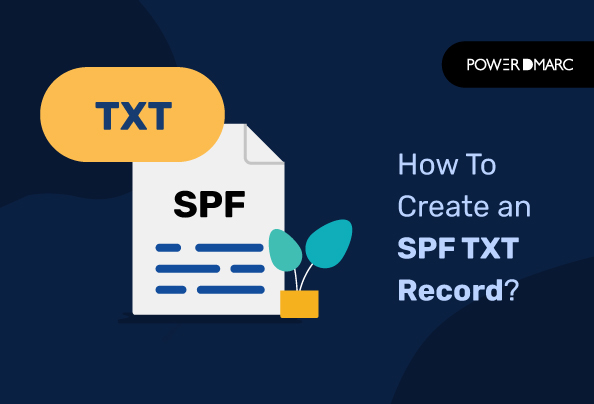
How To Create an SPF TXT Record?
BlogHow to create an SPF TXT record? SPF helps you prevent spam and email bounces while verifying the origin of emails.
![Building an Email Security Compliance Model for your Business [Detailed Guide] Building an Email Security Compliance Model for your Business](https://powerdmarc.com/wp-content/uploads/2022/07/Building-an-Email-Security-Compliance-Model-for-your-Business.jpg)
Building an Email Security Compliance Model for your Business [Detailed Guide]
BlogThe best way to protect your business from compliance risks is to create an email security compliance model before you implement end-user email.

Email Threats to Keep an Eye On in 2022
BlogEmail security threats are constantly evolving, here are some of the email threats that could bring chaos to your messaging in 2022.

Corporate Email Security Checklist
BlogCorporate email security protects your company from the threats of spoofers, phishers, and other cybercriminals. It's important to set up an effective corporate email security strategy that's easy for organizations to deploy.

DKIM Setup Guide for SMEs
BlogA DKIM setup allows you to verify that the email you're sending actually came from your domain and has not been modified during delivery by any malicious third party.
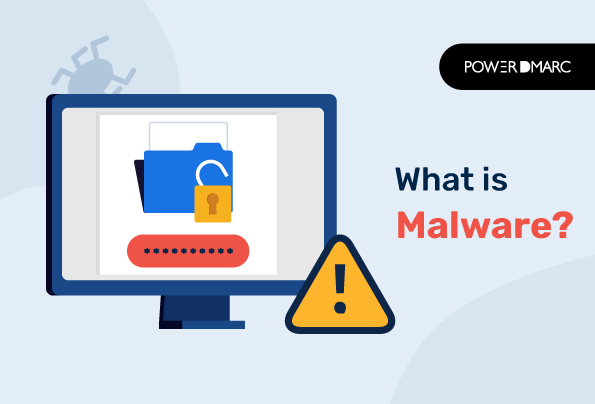
What Is Malware?
BlogWhat is Malware? Malware is a type of software that can cause damage to your computer system. Malicious software can take over your computer, access your private information, or damage your files and data.
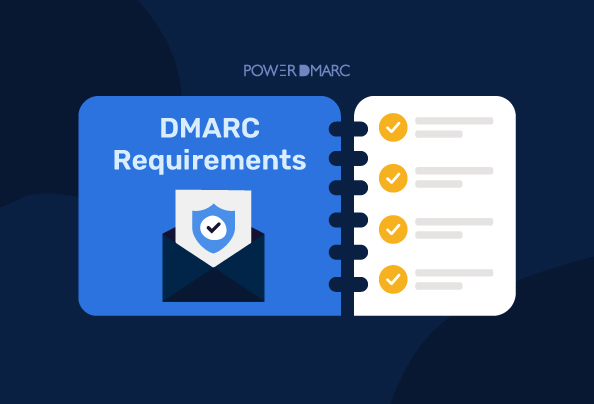
DMARC Requirements in 2025
BlogDMARC requirements are a list of necessities for a smooth email authentication rollout and enhanced domain protection. Let’s find out what these requirements are!
